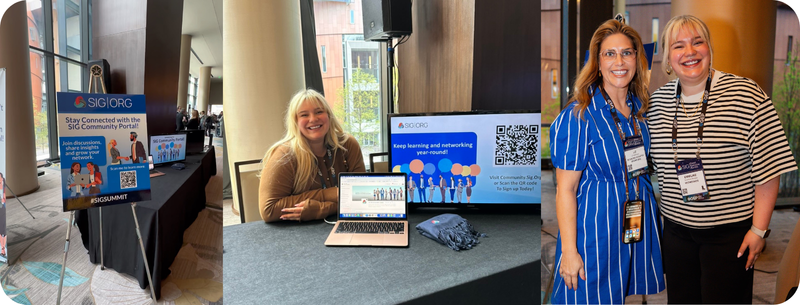For associations and membership organizations, online communities are powerful spaces for connection and collaboration. However, without a strong commitment to inclusivity and diversity, these communities can unintentionally exclude valuable voices. Ensuring diversity fosters engagement, promotes new ideas, and strengthens long-term community growth.

The Benefits of an Inclusive Online Community
1. Encourages a Wider Range of Perspectives
A diverse community brings together people from different backgrounds, industries, and experiences. This creates a richer environment where ideas flourish and innovation thrives.
2. Fosters a Sense of Belonging
When members see themselves represented in leadership, discussions, and community content, they feel more connected and valued.
3. Strengthens Engagement and Retention
Inclusive communities encourage participation from a broader audience, leading to stronger engagement and long-term retention.
4. Builds a More Resilient Organization
A diverse and inclusive approach helps communities adapt to new challenges and address issues with a well-rounded perspective.
Strategies to Build an Inclusive and Diverse Online Community
1. Set Clear Community Guidelines
Establish guidelines that promote respect, inclusivity, and constructive discussions. Make it clear that discrimination, harassment, or exclusionary behavior will not be tolerated.
2. Use Inclusive Language
Be mindful of how language can shape the community experience. Avoid jargon that may alienate some members, and use language that is welcoming to all.
3. Encourage Representation in Leadership
A diverse leadership team reflects a commitment to inclusivity. Ensure moderators, admins, and guest speakers represent different perspectives and backgrounds.
4. Create Opportunities for Underrepresented Voices
Offer speaking opportunities, guest blog posts, or member spotlights to individuals from diverse backgrounds who may not always have a platform.
5. Facilitate Open and Safe Conversations
Encourage members to share their experiences and perspectives in a space where they feel heard and respected. This can include moderated discussions, Q&A sessions, and dedicated diversity-focused forums.
6. Actively Seek Member Feedback
Regularly survey members to understand how they experience the community. Identify areas for improvement and take actionable steps to foster a more inclusive environment.
7. Showcase and Celebrate Diversity
Highlight cultural events, member achievements, and stories from various backgrounds. Celebrating diversity reinforces its importance within the community.
Overcoming Challenges in Building Inclusive Communities
Resistance to Change
Some members may be resistant to diversity initiatives. Clear communication about the benefits of inclusivity can help address misconceptions.
Tokenism vs. True Inclusion
Avoid superficial diversity efforts. Inclusion should be built into the foundation of the community, not treated as a checkbox.
Maintaining Consistency
Inclusivity is an ongoing effort. Regular assessments, discussions, and leadership commitment are necessary to sustain an inclusive culture.
Final Thoughts
Inclusivity and diversity are not just ethical imperatives—they are essential for building thriving, engaged, and forward-thinking online communities. By fostering an environment where all voices are valued, associations and membership organizations can create spaces where members feel heard, respected, and motivated to contribute.




